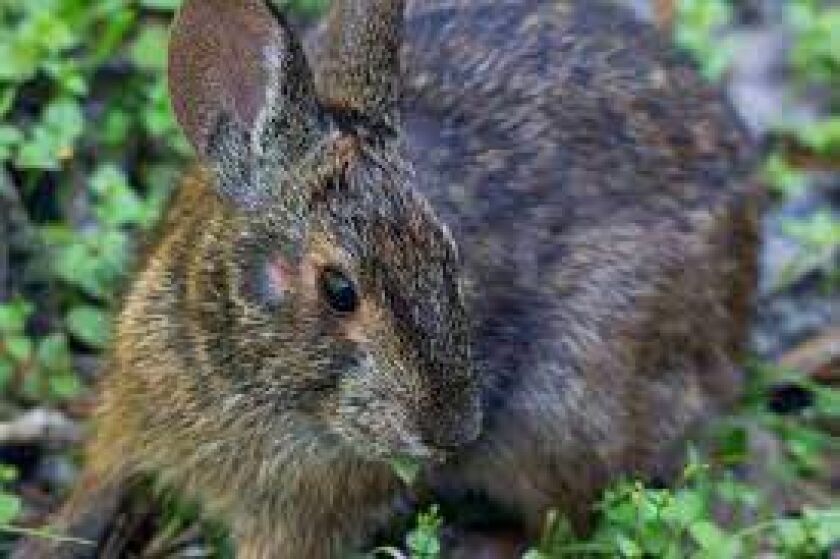Swamp rabbits, marsh rice rats, white-tailed deer, salamanders, foxes and coyotes are among the creatures in the eclectic life and academic background of Eric Schauber.
Meet Illinois’ state biologist.
When I asked Schauber what the state biologist is supposed to do, he said, “The act is very unclear.”
Glad he said that. I couldn’t tell exactly what was entailed after reading the University of Illinois State Scientific Surveys Act that established the state biologist and other state spots in 2013. Brian Anderson, then director of the Illinois Natural History Survey, was the first state biologist. Schauber, current INHS director, is the second.
He has a defined vision of what he wants to do as state biologist.
“I am emphasizing the communication aspect,” Schauber said. “I look at Jim Angel’s amazing communications as state climatologist.”
Good person to emulate. As a weather buff, I think Angel, former state climatologist, is a god.
So Schauber disseminates information with his take on it.
“There is a real wealth of expertise and knowledge in our state that is a real pleasure to share with folks,” he said.
If you have a natural-world question, email statebiologist@illinois.edu or tweet @ILBiologist.
“I am looking to do an “Ask Me Anything” on Twitter,” he said.
I can see why. He has a wide range of work and interests to draw from.
When I asked what his specialty might be, he said, “If pinned down, I would say wild mammal ecologist, that includes everything from mice to deer.”
That versatility is a strength in his desire to convey information to the public.
“I know enough to engage with experts,” he said. “I am enough of a generalist to talk to experts, to a wide range of biologists.”
Shortly after he arrived at Southern Illinois University, one of his early grad students was working on swamp rabbits, a mammal that fascinates me.
Southern Illinois is the northern most part of swamp rabbits’ range, especially the Cache River area. Swamp rabbits are specific to bottomland hardwood forests.
And swamp rabbits are coprophages. (Look it up.)
In his duel roles at INHS director and state biologist, Schauber finds the current state of research wide-ranging and very important.
“One of the directions is really promising, trying to use information we know about animals and plants and doing more to project what it will look like in the coming decades, so much is dependent on climatic patterns,” Schauber said.
With climate change, he finds that research vital for predicting what is happening in the natural world and what to focus on conserving.
“The plant pollinator work is really fascinating,” he said. “It is a really rich area of research and we have some great folks working on it.”
Schauber, born and raised in the Northeast, grew up fishing and did some hunting with his father.
He found wildlife biology at the University of Massachusetts.
“A formative experience was working the tunnels under a road outside of Amherst for [spotted] salamanders to cross,” Schauber said.
Volunteers watched the salamanders coming down. They found when it was cold and not very damp, the salamanders would keep circling around the tunnels. Volunteers tried shutting off all lights, but nothing worked.
“One of the biologists, out of frustration, stuck his flashlight in the other end of the tunnel at the salamanders,” Schauber said.
Ergo.
“Sure enough, having that light at the end of the tunnels worked,” Schauber said. “At the moment of discovery, I wanted to be part of that moment of discovery.”






